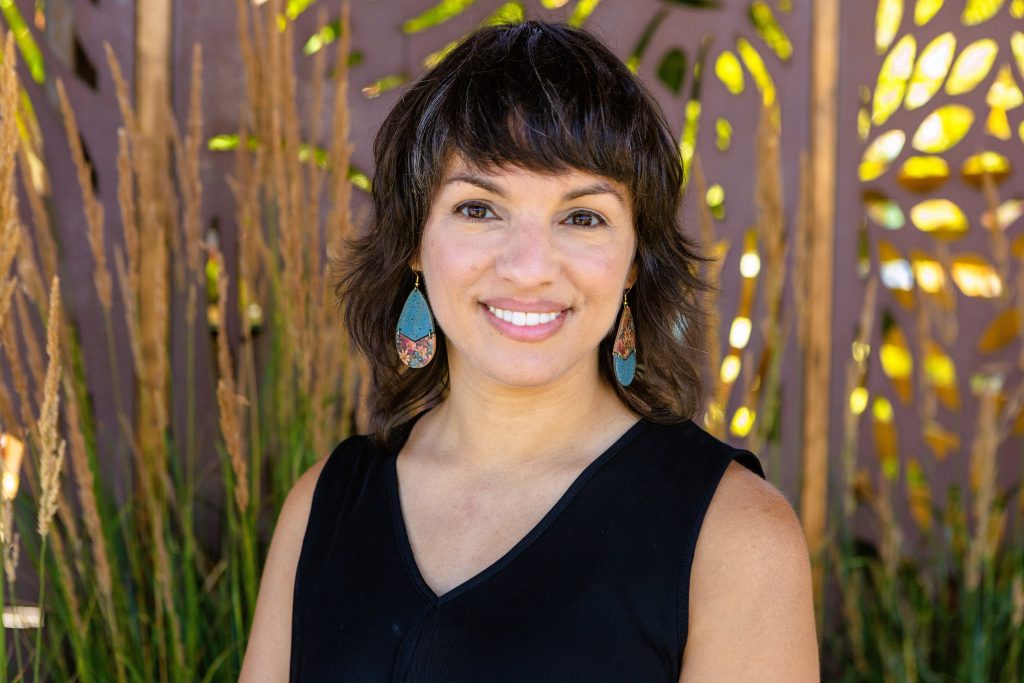4 Warm-Ups for Interfaith Engagement
May 28, 2020

It’s helpful to stretch our physical muscles in order to better flex them, and the same is true for interfaith leadership. Whether it’s an interfaith dialogue among students, a planning brainstorm led by staff, or critical analysis of an interfaith case study used in the classroom—it’s always better to “warm up” rather than dive in headfirst. Warm-ups are a great way to get everyone in the right mindset and on the same page for the purpose of your gathering. IDEO, a global design company, wrote a piece describing the value of warm-ups in collaborative teamwork. They inspired us to come up with warm-ups specifically geared for interfaith collaboration:
- Have people choose a meme or emoji that describes their feelings about discussing religion—not everyone has the same comfort level. Not only does this lighten the mood, but it gives you a more accurate read of the room. If you’re a leader of interfaith work, it’s often easy to forget just how intimidating it can be for others to engage in conversation about religion and worldview. This warm-up is both a good reminder to the facilitator that “interfaith” isn’t exactly a colloquial term, and it requires some groundwork to get everyone on the same page and comfortable talking about their values with others.
- Write a 9-word memoir describing a time you felt proud of your religious tradition or worldview identity. Yes, I understand that this seems impossible at first glance—but prepare to be surprised! It’s remarkable how people’s creativity can flourish when you give them a personal prompt paired with such strict parameters. The wheels immediately start turning in a way that generates thoughtful excitement. An exercise like this sets the stage for even deeper sharing. Not only does it prompt people to consider their religion and worldview in ways they might not be accustomed to, but it also provides a starting place for deeper dialogue. Once people share, you can ask follow-up questions since a 9-word memoir will certainly pique curiosity and invite further conversation.
- Ask members of your interfaith organization or committee to think of their top 3 worst ideas for interfaith activities. How often have you withheld an idea with a group because you thought it was bad or feared others might think so? A good way to remove this roadblock is by simply inviting bad ideas and getting them out of the way first. I ran this activity with some leaders and came up with oodles of terrible ideas: hours-long webinars on religious holidays, gatherings with meat-only catering to discuss the value of staying in your own bubble, etc.. We all laughed at the utter absurdity, and it also sparked a conversation about why those ideas were bad in order to start generating principles for good ideas. This warm-up is best with a group that already has interfaith chops, otherwise, it’s easy for it to seem like the bad ideas are making light of important practices. It’s important that this activity is rooted in a place of wanting to unearth the best ideas that will honor diverse traditions and encourage bridge-building.
- Choose a harmless issue with which people can vehemently yet respectfully disagree and debate it. The trick is to choose a divisive issue that can ultimately remain friendly and silly. For example, ask the group who identifies as an early bird versus a night owl. Have each of those groups get together and state the benefits of their routines, and the other group should take note of what they hadn’t considered because of their own point of view. You can also poll people as to the proper pronunciation of the word “gif,” and simply watch how quickly that unravels (I can recall a heated office debate on this topic a few years back). People often ask us how to have conversations about divergent beliefs that are both challenging and productive. This warm-up is a good window into the level of skill required for healthy disagreement. If it’s tough for us to peacefully engage harmless issues, then we can better envision the skills required to effectively engage deep personal differences of faith and values. Again, this type of warm-up is better for an academic setting or among people who have some level of rapport with one another. It’s important that there’s an existing sense of relationship to lean on, ensuring that things don’t get inadvertently heated.
Each of these exercises should take about 10 minutes from start to finish, effectively getting people in the proper mindset in order to use the remainder of your time most effectively for the purpose at hand.
Share
Related Articles



